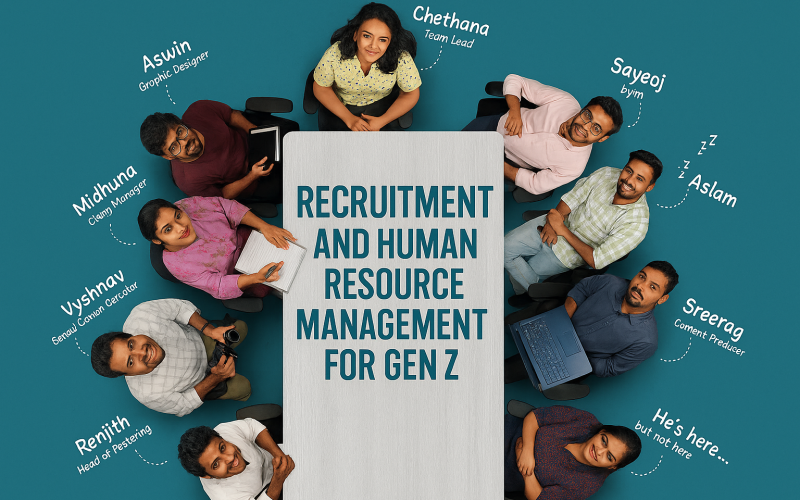“Graceful Dismissal”: How to Let Employees Go Without Damaging Your Employer Brand?
In today’s workplace, ending an employment relationship is sometimes inevitable. However, the way a company chooses to “say goodbye” to its employees speaks volumes about its organizational culture and people management capability. In Vietnam, the topic of employee dismissal remains sensitive - even considered “taboo.” Many companies choose silence or handle the situation purely administratively, which often strains relationships and leaves lasting negative impressions on both the departing employee and those who stay.
1. When Dismissal Is More Than an HR Decision
In the age of social media, every internal action has the potential to become a public story. A sad status update or a cryptic post from a former employee can quickly go viral, damaging the company’s image. This shows that how a dismissal is handled is just as important as why it happens. Many managers still see termination as merely another HR procedure. In reality, it’s an emotional experience that directly affects the employee’s mindset - and the company’s employer brand.
2. “Peaceful Termination” – It Sounds Contradictory, But It’s Possible
“Peaceful” doesn’t mean “covering up” or “sugarcoating.” It means ending the employment relationship with respect and transparency, so that even when the collaboration ends, goodwill remains. The three core elements of a peaceful termination include:
Transparency in communication
Employees deserve to understand why the company made its decision — whether due to underperformance, business direction changes, or organizational restructuring.
Before making the final call, managers should hold at least one or two open conversations to help employees recognize the issue, avoiding the feeling of being “suddenly dismissed.”
Respect in dialogue
Words carry tremendous weight in such discussions. Instead of saying, “The company is terminating your contract,”choose a gentler approach:
“We’ve realized that your current role may no longer align with our overall direction. We hope we can work together to ensure a smooth transition.”
Respectful communication eases tension and maintains professionalism on both sides.
Empathy in action
Employers can support departing employees through thoughtful measures such as:
- Providing reference letters or employment verification.
- Allowing flexible handover time or assistance with job searching.
- Maintaining insurance benefits, unused leave, or pending bonuses.
Sometimes, a simple public thank-you - “Thank you, A, for your contributions during your time with us” - can mean more than any financial benefit.
Fair Compensation – The Foundation of Justice
A peaceful ending cannot exist without legal compliance.
Companies must fully meet their obligations under the Labor Code:
- Providing proper notice within the required timeframe.
- Paying outstanding wages, unused leave, and severance benefits (if applicable).
- Issuing transparent termination documents.
Fulfilling compensation obligations on time and by the law reflects not only legal responsibility but also corporate ethics - reinforcing long-term trust in the brand.
3. The Role of HR: Bridging Decision and Emotion
Every farewell carries two dimensions: the decision to act and the emotion to respect. HR serves as the bridge between the two — delivering difficult news with both procedural accuracy and human sensitivity.
No one enjoys announcing a termination, but HR can make the process less cold through careful preparation, thoughtful language, and empathy.
A well-executed offboarding process not only helps the departing employee leave gracefully but also strengthens the remaining team’s trust in the company culture.
4. Why “Graceful Goodbyes” Matter
- For employer branding: Potential candidates observe how a company treats those who leave.
- For internal culture: How you say goodbye says more than how you welcome newcomers.
- For leadership reputation: A leader who knows when and how to say thank you earns more respect than one who only knows how to make decisions.
5. The Art of Ending with Dignity
Dismissal is not a failure - if it’s done fairly, transparently, and humanely. When employees leave in mutual respect, they don’t just become former staff - they can become silent ambassadors for the company’s brand. A truly professional organization isn’t just defined by how well it hires, but by how gracefully it parts ways.
Because sometimes, how we end a relationship is what people remember most.













